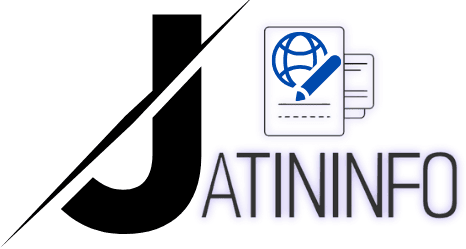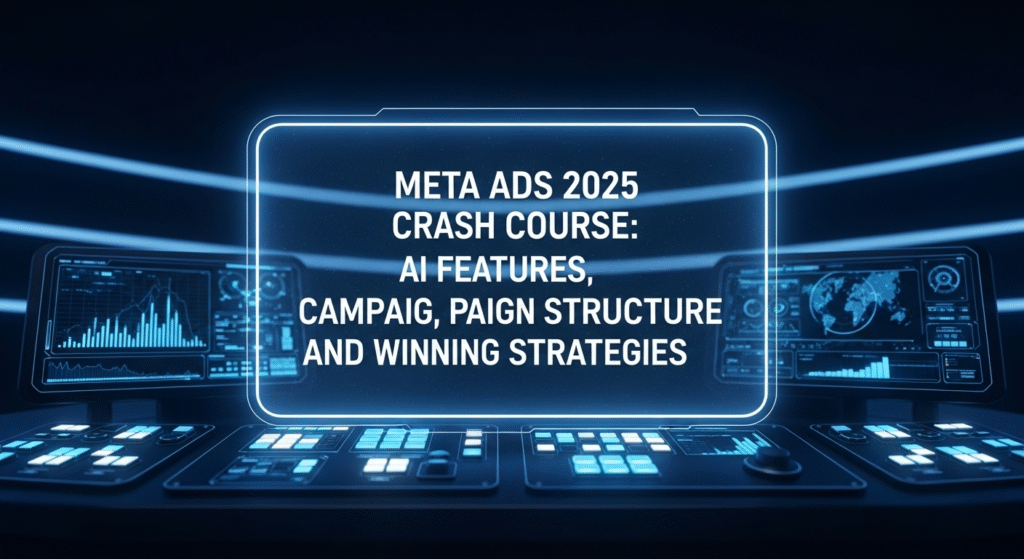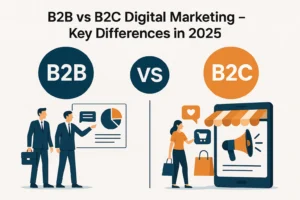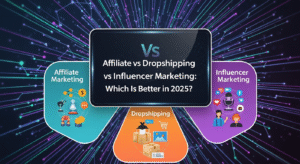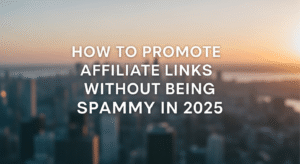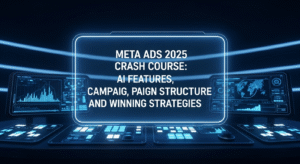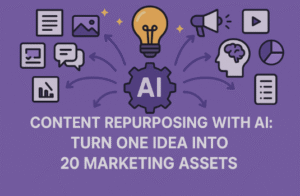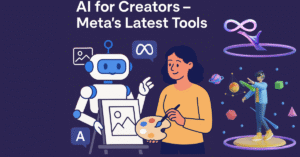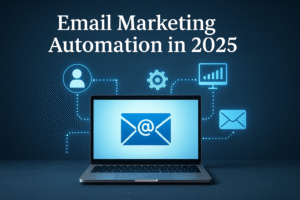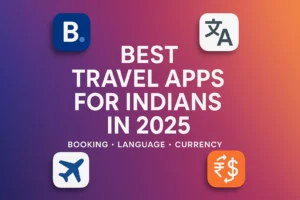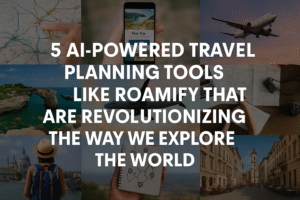Why This Meta Ads Course is Different
In 2025, Meta Ads has gone through major changes. With AI-powered optimization, automated campaign structures, new Advantage+ tools, and updated ad objectives, the platform has become more intelligent and performance-driven. This course is designed for both beginners and advanced advertisers who want to stay updated and grow profitably using Meta Ads.
We will cover every step in detail, from campaign creation to dashboard analysis. Whether you’re promoting a local business, e-commerce store, service, or digital product this course will help you run smart and profitable Meta Ads.
Chapter 1: Campaign Objectives – Selecting the Right Goal
When you click on “Create” in Meta Ads Manager, the first thing you see is “Objective.” This defines what action you want people to take through your ad. Here’s how to choose the right objective:
Sales: For e-commerce brands looking to drive purchases.
Leads: For agencies, coaches, or service-based businesses that want form submissions or WhatsApp leads.
App Promotion: If your goal is to increase app installs or engagement.
Awareness: Ideal for local businesses or brand introduction campaigns.
Traffic: To send users to your website, landing page, WhatsApp, or Instagram.
Engagement: To get more comments, shares, messages, or profile visits.
Choosing the wrong objective often leads to wasted budget, so always match it with your business goal.
Chapter 2: Meta Ads Campaign Structures – Which One to Use and When
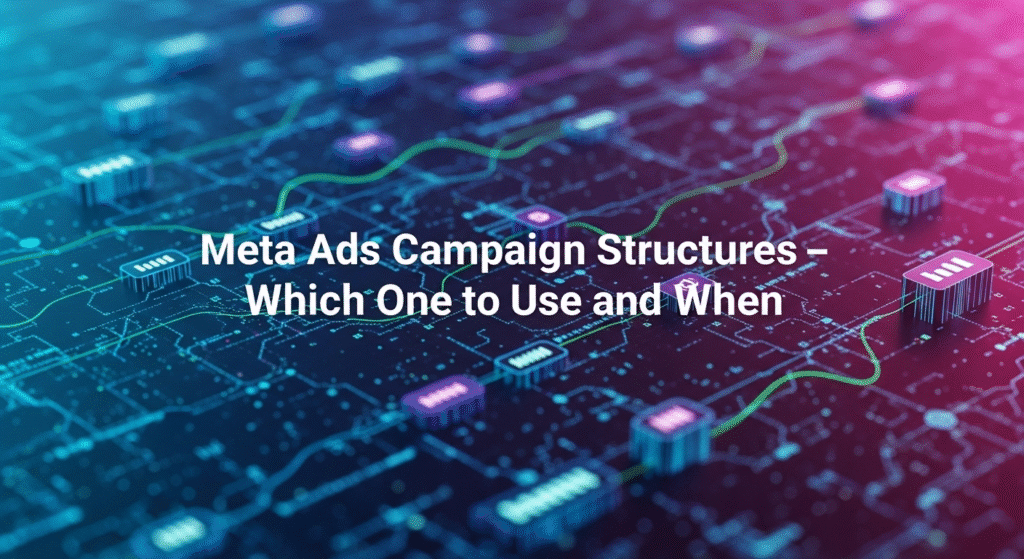
Meta currently offers three primary campaign structures, and each has its specific use case:
Advantage+ Shopping Campaigns: This is Meta’s AI-powered campaign type that requires minimal manual setup. Just upload your creatives and product details—Meta automatically handles budget distribution, placements, and audience targeting. Best for e-commerce testing or fast scaling.
Manual Campaigns: This traditional format gives you full control over targeting, placements, creatives, and budgeting. It’s ideal for experienced advertisers who want to run lead generation campaigns, perform A/B testing, or retarget cold/warm audiences.
Hybrid Campaigns (2025 Update): This new model combines both manual and AI-driven tools. It includes a campaign quality score and live suggestions for optimization. Ideal for agencies and advanced marketers who want better structure and AI-backed performance improvements.
Chapter 3: Campaign Level Setup – Build Your Foundation
The campaign level is where your overall ad strategy begins. You define the budget strategy, campaign name, and whether or not to use special ad categories (like housing or jobs).
Naming conventions are essential. For example, a good campaign name could be “KurtaSet_Sale_2Ads_4Creatives” to quickly identify what’s inside.
If you choose Advantage Campaign Budget (ACB), Meta will automatically distribute the budget between ad sets based on performance. This is useful during testing when you don’t know which ad set will perform better. Meta shifts budget toward the ad set that’s getting better results.
Chapter 4: Ad Set Level – Targeting and Placement Decisions
At the Ad Set level, your decisions directly affect delivery and cost-efficiency. Key settings here include:
Conversion Location: Choose whether your conversion should happen on your website, WhatsApp, Messenger, or app.
Performance Goal: Set what you want to optimize for—conversions, landing page views, leads, etc.
Pixel Setup: Make sure your Facebook Pixel is installed and active on your website or landing page. Pixel helps track actions like Add to Cart, Initiate Checkout, and Purchase.
Audience Targeting: You can either use Meta’s Advantage+ Audience (broad targeting with AI optimization) or go fully manual.
For Manual Setup:
Turn off Advantage+ Audience
Define precise interests, age range, gender, and locations
Avoid generic interests like “Digital Marketing” or “Business” and go for layered targeting or behavior-based targeting
Placements: You can let Meta automatically choose placements using Advantage+ Placement or manually select where your ads appear—such as Facebook Feed, Instagram Reels, Stories, Messenger, or Threads.
Manual placements help if you know where your audience is most active, but automatic placement is recommended for broader reach and faster optimization.
Chapter 5: Ad Level – Your Creative is the Gamechanger
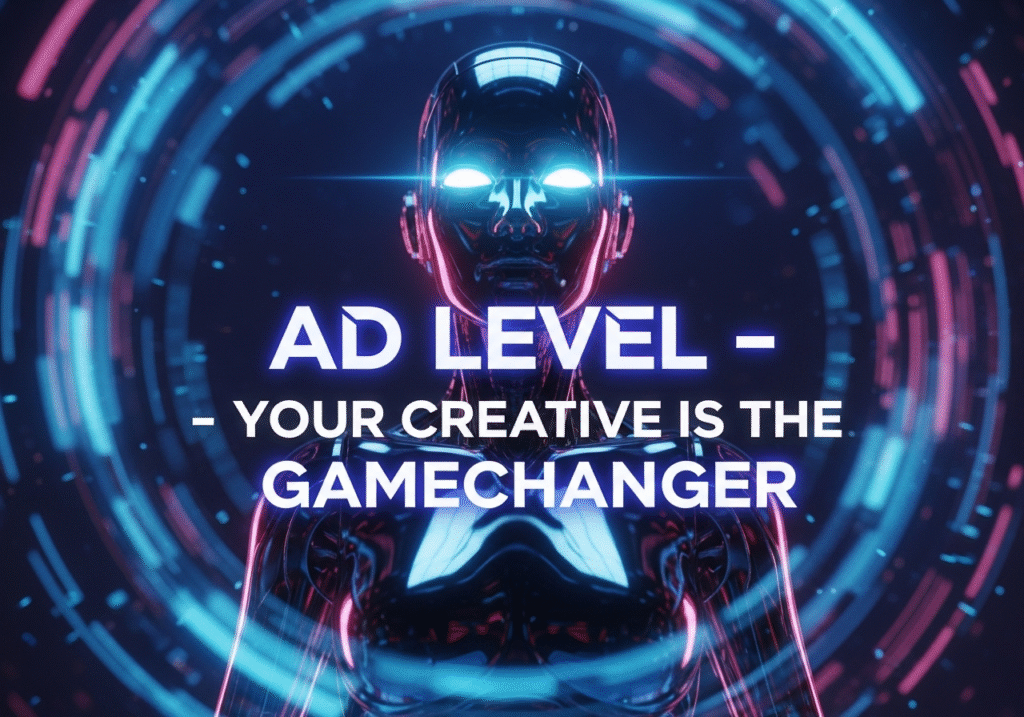
The ad level is where you upload your actual creative and text. This is where users will interact with your message. The structure of a good ad includes:
Primary Text: This is your main caption. Keep it short, impactful, and clear.
Headline: A one-liner that summarizes your offer or value.
Description: Optional but useful for adding supporting information or urgency.
Call-to-Action (CTA): Choose from buttons like “Order Now,” “Learn More,” or “Apply Now” based on your objective.
Destination URL: Where the user will be redirected. Make sure it’s mobile-optimized and fast-loading.
Ad Formats:
Single Image
Carousel (great for multiple products)
Video (best for engagement and storytelling)
If your creative is not engaging, even perfect targeting won’t help. Always test multiple formats and observe what works best.
Chapter 6: Learning Phase, Delivery Status and Ad Performance Metrics
When you launch a new ad, it enters the learning phase. During this time, Meta tests different combinations to find the best audience and delivery pattern.
Do not make frequent changes during the learning phase. It resets the algorithm’s progress and delays optimization.
Delivery Status Labels:
Learning
Learning Limited (not enough data or budget)
Active
Inactive
Breakdown Tabs in Ads Manager help you analyze deeper insights like:
Reach vs Impressions: Reach is the number of unique people who saw your ad. Impressions is the total number of times your ad was shown (including repeat views).
Cost Per Result: How much you’re spending per conversion or click.
Click-Through Rate (CTR): Ratio of clicks to impressions.
You can customize columns and include metrics like Add to Cart, Landing Page Views, and Purchase ROAS depending on your campaign type.
Chapter 7: Ads Manager Dashboard and Reporting Tools
The dashboard is your control center. You should learn how to read the data properly.
Use filters to separate active vs paused campaigns
Customize Columns to include relevant KPIs
Analyze weekly performance, not just daily data
Download reports or share real-time links with clients or team members
Use the “Actions” tab for AI-powered optimization suggestions that Meta provides directly based on your ad performance.
Chapter 8: Explore the All Tools Section in Meta Ads Manager

Meta Ads Manager is more than just running ads. In the “All Tools” section, you’ll find features that can improve your performance drastically.
Instant Forms: Lead generation forms that load inside Facebook or Instagram
Audience Manager: Build custom and lookalike audiences based on website traffic, email lists, or video views
Catalog Ads: Automatically create dynamic product ads from your store inventory
Billing Center: Check ad spend, download invoices, set limits
Creative Hub: Mock up ad designs, preview placements, and test ideas before going live
If you are an agency or a business handling multiple campaigns, mastering these tools can save you both time and money.
Chapter 9: Avoiding Account Bans – Smart Tools and Best Practices
Meta Ads bans happen often due to unusual login activity, suspicious billing, or violating ad policies. To avoid bans:
Avoid logging in from multiple browsers or IP addresses at the same time
Don’t use one ID to manage too many accounts
Use anti-detect browsers like GoLogin to manage multiple business managers safely. It mimics different devices and IPs, keeping each ad account isolated.
GoLogin also allows team collaboration without compromising security, and includes in-built proxy integration.
How to Succeed with Meta Ads in 2025
Meta Ads is no longer a set-and-forget platform. You need to adapt, test, analyze, and evolve.
Use AI features where it makes sense, but don’t ignore manual insights
Structure your campaigns properly from the beginning
Focus on quality creatives audience attention span is shorter than ever
Understand your data, don’t just watch the numbers
Keep learning and testing. What worked last month may not work next month
With the right structure, creative clarity, and audience understanding, Meta Ads can be one of the most powerful tools for business growth in 2025. learn more about Meta Ads with Jatininfo.in.

